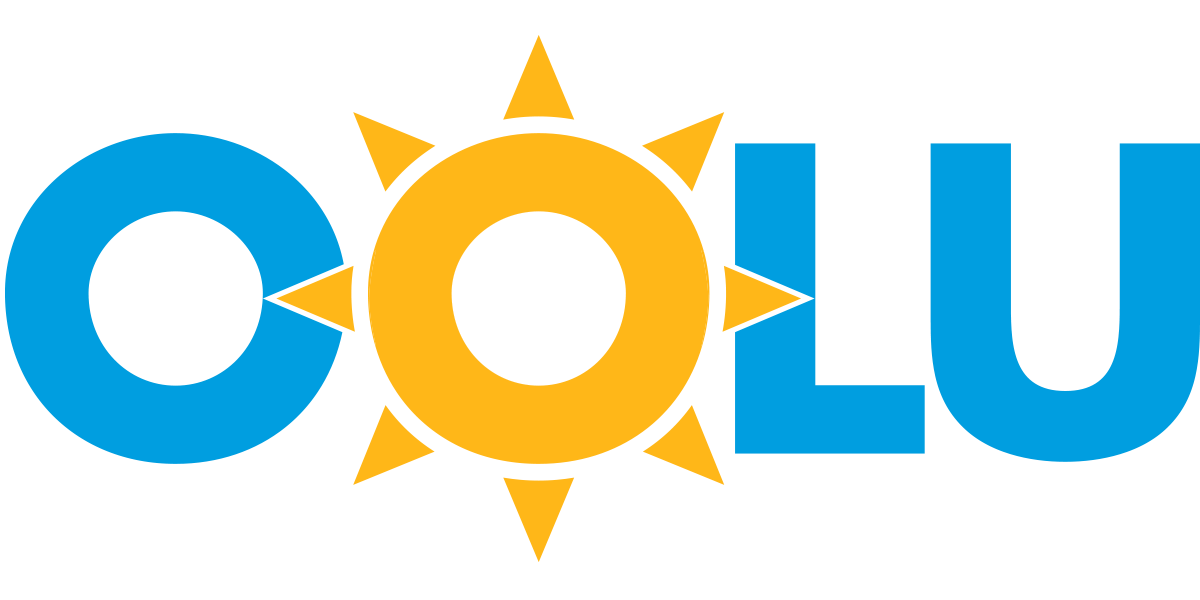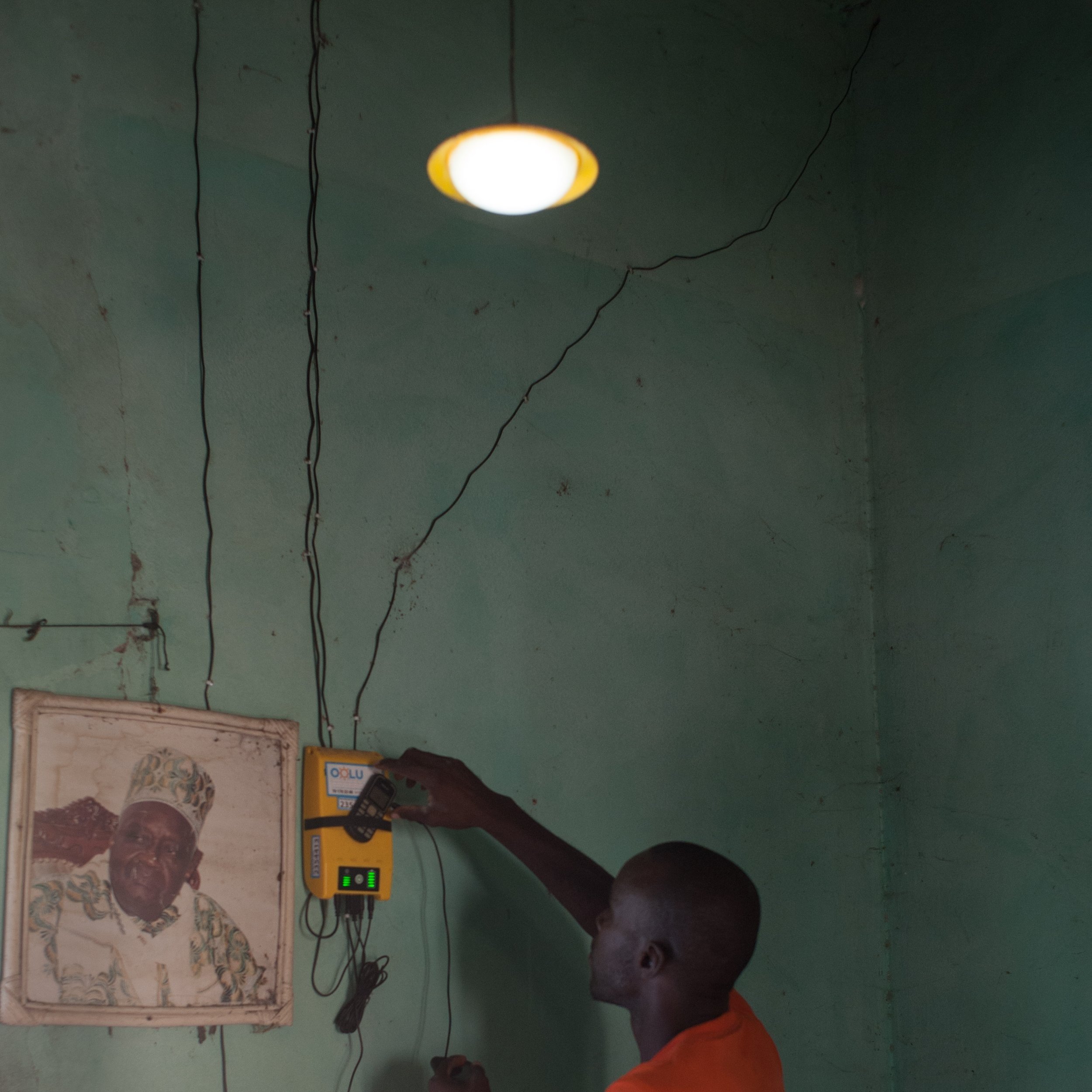World-changing consumer technology tends to always follow a similar route on the way to widespread adoption: it starts off expensive and niche, and then ends up cheap and spreads to mass markets.
In each case, there is a tipping point when cost, efficiency and recognition come together and consequently propel the technology forward. It happened with computers when Apple released the PC. It happened with mobile telephones at the end of the 1990s. It’s now happening to on-grid and off-grid solar.
As technology advances, off-grid solar has become cheaper, more efficient and more widely appreciated for its benefits, propelling off-grid solar to the crest of a game-changing tech wave. Here’s why.
1. Solar energy is cheaper
From consumer goods and construction tools to vehicles and robotics, every industry is increasingly powered by lithium batteries. This ubiquity not only helps the market acclimatize to battery power but also generates cost-savings and technological improvements that help battery-powered products displace the previous technology.
Take electric vehicles, for example. Electric cars were built before internal combustion engines, but the latter’s simplicity (just add petrol to go further) outweighed its other disadvantages to become the dominant vehicle type. Now, with lithium batteries getting better (enhanced energy efficiency) and more cost-effective, electric cars are cheaper to manufacture, run and buy - leading to an upsurge in demand.
The same parallel is taking place with off-grid solar. For instance, a hybrid solar inverter with a lithium battery is now cheaper than a petrol or diesel generator and provides better performance, lower maintenance and better value for money (not to mention the environmental benefits). For low-grid or weak-grid countries like Nigeria, where long black-outs are a regular occurrence, off-grid solar is therefore more than just a viable backup to an unreliable grid - it’s a more cost-effective way for people to achieve energy access and independence.
2. Distributed solar is more efficient
The cost tipping point is very important for mass market uptake, but when combined with greater efficiency, it’s a game-changer. Everyday devices and home electronics are consuming drastically less energy while providing superior service to their users. Smartphones provide ever-increasing computing power in your hand for just 2-6 Watt consumption (replacing bulky desktop PCs consuming over 200 Watt or 50 Watt laptops). 5 Watt LED lights are now bright enough to light an entire room replacing less efficient and durable fluorescent (10 Watt) or incandescent (40 Watt) lights. Even larger appliances, such as fridges, TVs, and air-conditioning units are consuming much less energy while providing a superior level of service.
As ‘solar + battery’ gets increasingly cheaper and more efficient, appliances require less power and consumers can get by with smaller solar panels and smaller batteries to provide a comparable level of energy service, thus enhancing the affordability and attraction of off-grid solar for entry-level consumers. When the UN developed Sustainable Development Goal 7 (affordable, reliable, sustainable and modern energy for all), it wasn’t about energy for energy’s sake, but about what devices, innovation and dreams it could power. Thanks to the efficiency savings, these can be powered for less.
3. Distributed solar is more widely appreciated
Figure 1: An example of how our products have increased in capacity over time.
Featured here is the 43” high definition SolarTV and satellite decoder; a simple but efficient 40W solar panel powers two USB ports for mobile charging; six bright LED lights with switches for multiple brightness settings; and an inbuilt battery. This TV holds power for five hours when on full charge. It requires only five hours of grid charge or 12 hours of high intensity solar charge to operate.
The final piece of the puzzle is recognition. Over the last few years, distributed energy access (i.e. solar + battery) has finally been recognised by African governments and public bodies (i.e. the rural electrification agencies) as a reliable form of energy access. Previously, most attention in the energy access space centered on grid extensions or sometimes mini-grids, but public policymakers now see the advantages and the potential of distributed solar systems that can be installed quickly, maintained easily (that can also include remote monitoring) and offer a reliable and cost-effective solution for on-grid and off-grid energy access.
Similar to trusting mobile network coverage over-relying on landlines, decision-makers now appreciate the importance of distributed access. They understand its role in achieving their energy access goals as opposed to solely relying on centralized grids, which are expensive to build and maintain. This mentality shift could have a huge impact on the off-grid solar sector through greater policy support and funding priorities (i.e. subsidy programmes and tax breaks).
The crest of the wave
Recognised for its reliability. Ubiquitous in its use. More efficient and cost-effective than the alternatives. The combination of these three factors has pushed off-grid solar to the crest of the wave - now’s the time to press ahead and ride it.
Companies like Oolu have the capacity to bring off-grid and on-grid solar benefits to the mass market in West Africa. With more policy and financial support, such as removing VAT on off-grid solar products (like in Senegal and Mali) or providing subsidy programs for low-income customers, we can deliver a brighter solar-powered future.
For more insights into the off-grid solar industry in West Africa, check out our latest blogs.




